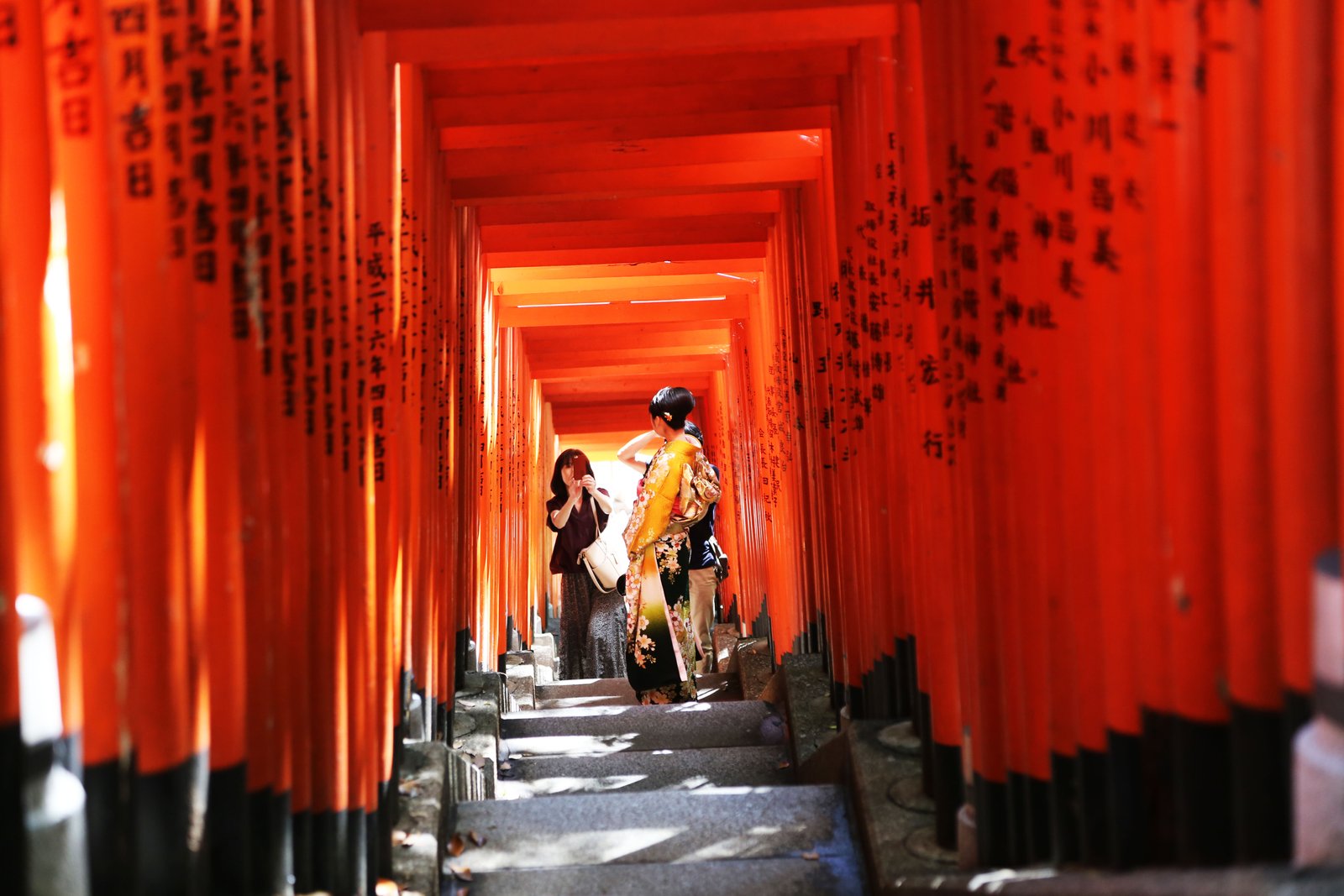Nestled within the bustling metropolis of Tokyo, Hie Shrine stands as a tranquil oasis, offering visitors a peaceful retreat from the city’s relentless pace. This historic Shinto shrine, known for its striking architecture and serene atmosphere, is a must-visit destination for those looking to experience Tokyo’s spiritual heritage. In this detailed blog post, we’ll explore the history, cultural significance, and unique features of Hie Shrine, along with tips for making the most of your visit.
A Brief History of Hie Shrine
Hie Shrine, or Hie Jinja, traces its origins back to the Kamakura period (1185-1333). It was initially established to enshrine the guardian deity of Edo Castle, which later became Tokyo. The shrine’s current location in the Akasaka district was chosen during the Edo period (1603-1868) by Tokugawa Ieyasu, the founder of the Tokugawa shogunate, to protect the city from misfortune. Although the original structures were destroyed during World War II, the shrine was meticulously rebuilt in 1958, preserving its historical and cultural essence.
Architectural Highlights
One of the most captivating aspects of Hie Shrine is its beautiful architecture, which seamlessly blends traditional design with the natural surroundings. The shrine’s main hall, or honden, features a vibrant red and white color scheme, adorned with intricate carvings and decorative elements. The honden is complemented by the haiden, or worship hall, where visitors can offer prayers and participate in various Shinto rituals.

The Sanno Inari Shrine and Torii Path
A notable feature of Hie Shrine is the Sanno Inari Shrine, dedicated to the deity Inari, associated with prosperity and fertility. This sub-shrine is famous for its picturesque path lined with hundreds of vermilion torii gates, reminiscent of the renowned Fushimi Inari Shrine in Kyoto. Walking through these gates is a serene and almost otherworldly experience, providing a sense of escape from the urban environment just beyond the shrine’s borders.

Cultural Significance and Festivals
Hie Shrine plays a significant role in Tokyo’s cultural landscape, hosting several important festivals throughout the year. The most notable is the Sanno Matsuri, held in June every two years. This grand festival is one of Tokyo’s three major Shinto festivals and features a vibrant parade of mikoshi (portable shrines), traditional music, and elaborate costumes. The Sanno Matsuri is a celebration of Tokyo’s rich history and cultural heritage, attracting both locals and tourists.

Tips for Visiting Hie Shrine
- Access and Location: Hie Shrine is conveniently located in the Akasaka district, easily accessible from Akasaka-Mitsuke, Akasaka, and Tameike-Sanno subway stations. The address is 2-10-5 Nagata-cho, Chiyoda-ku, Tokyo.
- Best Time to Visit: While Hie Shrine is beautiful year-round, visiting during the early morning or late afternoon can provide a more tranquil experience with fewer crowds. If you’re interested in attending the Sanno Matsuri, plan your visit in June of even-numbered years.
- Respectful Practices: As with any religious site, it’s important to be respectful during your visit. Refrain from talking loudly, follow the local customs such as bowing at the torii gate, and use the provided ladles at the chozuya (water purification basin) to cleanse your hands and mouth before approaching the main hall.
- Photography: While photography is allowed in most areas, be mindful of the signs indicating where it is prohibited. Respect the privacy of worshippers and avoid using flash photography inside the shrine buildings.
Exploring the Surrounding Area
After visiting Hie Shrine, take some time to explore the surrounding Akasaka area. This vibrant district is known for its upscale dining, shopping, and entertainment options. You can enjoy a meal at one of the many restaurants offering a range of cuisines, from traditional Japanese to international fare. Additionally, nearby attractions such as the National Diet Building and the Akasaka Palace provide further opportunities for cultural exploration.
Conclusion
Hie Shrine offers a serene and culturally enriching experience amidst Tokyo’s dynamic urban landscape. Whether you’re drawn by its historical significance, architectural beauty, or the tranquil path of torii gates, a visit to Hie Shrine is sure to leave a lasting impression. Embrace the peaceful ambiance, participate in age-old traditions, and discover the spiritual heart of Tokyo at this remarkable Shinto shrine.


